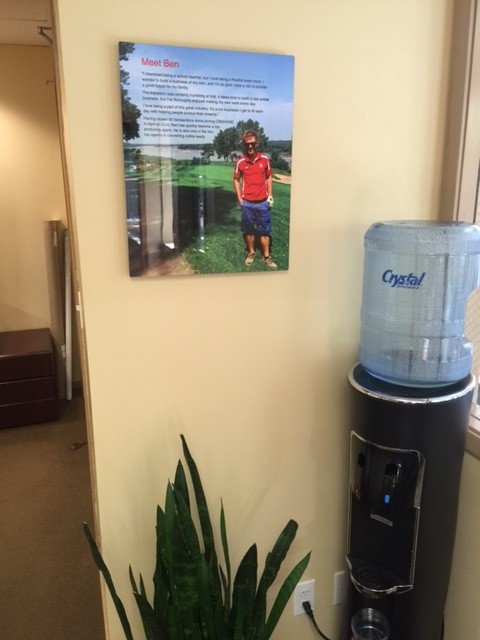It’s been a couple of weeks since I’ve contributed to WorkPuzzle.
ThirdPool Recruiting (my day job) spent the summer months retooling some of our software and business systems. This is good work, but it always takes more focus and attention than I anticipate.
Today, I’d like to finish up the series on Canvas Stories. If you’re new to this discussion (or just can’t remember the posts from a few weeks back), you may want to review some of the previous articles (1, 2, 3, 4, 5) as a refresher.
A Canvas Story is intended to inspire. It will inspire you to stay motivated as you prospect and interview candidates. It will inspire those on your team to find meaning and stay focused on their day-to-day tasks. Most importantly, it will inspire your candidates to take some of the most difficult steps in their careers.
Here’s the catch: None of these benefits will be yours unless you create your own canvas story.
Today, I’ll help you get started on this important task.
Find Your Story
Every office has some great stories waiting to be told.
It’s the individuals who were struggling in their previous jobs, overcame the fear of change, and are now flourishing in their new role. They’re usually the ones that surprised you in what they accomplished.
Do you know the stories of these agents in your office?
Perhaps you remember some particulars from an interview a couple of years ago, or you’ve pieced together some of the details along the way. But, do you really know the specifics of how these agents became successful?
Getting this information is not hard. It just takes a little focus.
Take the agents you think would be an inspiration to others out to lunch or coffee (one at a time) and interview them with the purpose of discovering the details of their stories. Don’t forget to ask about the most recent events. Things change quickly and some of the most interesting details go unnoticed because they happened recently.
Publish Your Story
Every hiring manager should have one or two canvas stories they’re ready to tell.
Having the information just floating around in your head or jotted haphazardly in your notes is not enough. Good stories are concise, well thought out, and weave together details in a way that makes the narrative interesting.
First, try writing a story that is 300-500 words long. Next, create a version of the same story that is about 100-150 words long. It’s more difficult to write something succinct, so make sure you do the longer version first.
Having your story down on paper and well-written will help you deliver it more effectively. In this context, “publishing” means you’re ready to tell the story to candidates, agents, and employees at the right time.
Don’t forget to ask for permission to share a person’s story with others in the office and the broader community. Most people like the recognition this brings and gladly grant this permission.
Ask for Help
Perhaps you’d like to do something more complex such as add a picture to the story and format it for display in your office. The examples highlighted earlier in the Canvas Story series are formatted in this way.
Many of your companies have marketing departments who would be equipped to handle this type of project.
If you don’t have internal resources to draw upon, ask ThirdPool for help. We have a writer and graphics designer who developed a framework for these stories. We can interview your star agent, capture his or her story, and get it graphically formatted for printing/production. There is a nominal fee for this service, but it makes the process quick and easy from your end.
Regardless of how you choose to bring your canvas story to life, it’s important to have at least one story ready to draw upon during your interviews.
Questions or Comments? Reply to your WorkPuzzle subscription email.
Didn’t get the WorkPuzzle email? Subscribe below. We promise not to share your email with others or use it for any other purpose but delivering WorkPuzzle notices.



